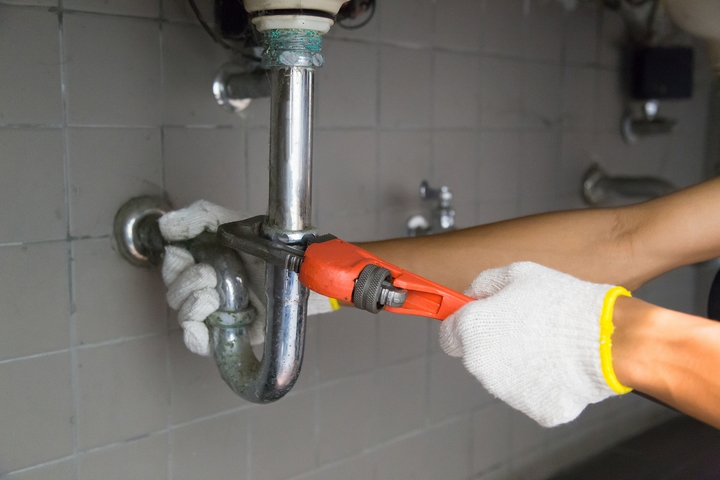Stopping a leaky faucet is not one of those things you can afford to procrastinate over. You need to either fix it yourself or call a plumber to help you with the problem. Promptly locating and fixing the plumbing leak saves you not just the annoying sound of water leaking, but higher water bills as well.
With the following tips and the right tools, fixing a leaking faucet ought to be an easy do-it-yourself exercise. Here is an easy home tutorial on how to stop a leak in your house:
1. Cut off Water Supply to the Leaking Faucet
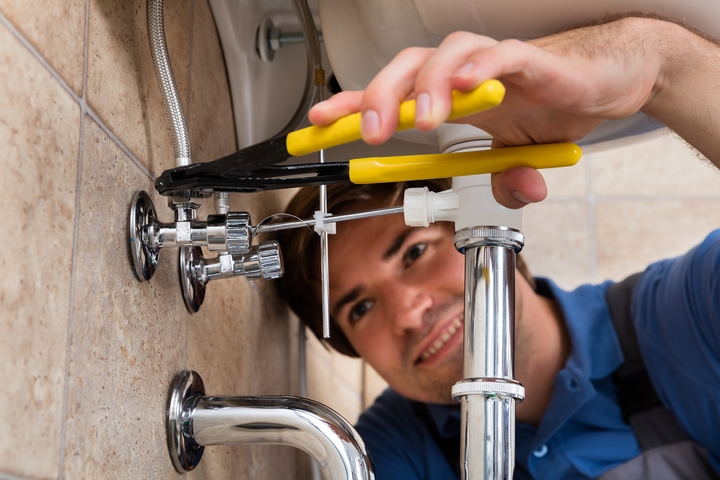
Before you learn how to stop a leak, you need to cut off the water supply to the faucet. It should not be difficult finding the valve under the sink, and if it is not there, shut the main valve.
Close the valves tightly by turning them clockwise. Do not use too much pressure since this can damage them. You will find the main water valves in the basement.
2. Examine Your Leaky Faucet

Before you can fix your faucet, get to know what type it is. This will determine the repair procedure. Faucets come in four types: compression, cartridge, ceramic disk and ball. A compression faucet, which is more prone to leakages, relies on a rubber washer, which wears out frequently and needs to be regularly changed.
The others are not as prone to wear, but they can also leak; in which case, identify the cause of the leak and repair it or replace the whole system.
3. Stopping Leakage in Compression Faucets

If yours is a compression faucet, repairing it requires new seat washers. Remove the cap and the handle screw, then pull it off. A crescent wrench is useful in removing the packing nut.
The seat washer is held in place by a brass screw; remove and replace it. You must coat the washers with non-toxic and heatproof plumber’s grease to extend its life. If the handles are leaking, replace the O-ring by popping the stem out of the packing nut.
4. Stopping Leakage in Ball-type Faucets
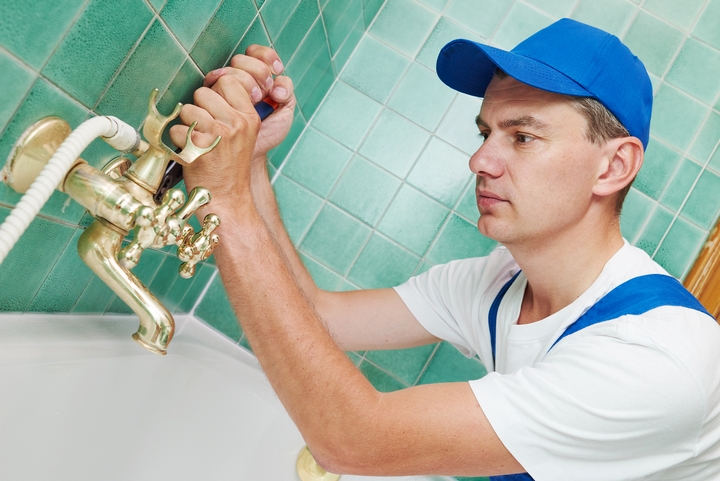
The challenge with this type of faucet is finding the fault due to its many parts. The best option is to buy a new replacement kit. To disassemble it, remove the handle screw and lift it off the handle. Using adjustable pliers, take off the cap and collar. If you chose to buy a replacement kit, use the provided tool to loosen the faucet cam.
This helps to not only loosen the faucet cam, but also the cam washer and the rotating ball. You can now remove the inlet seals and springs by reaching into the faucet body with needle-nose pliers. Next, remove the damaged O-rings and install new ones, including new springs, valve seats and cam washers. Reassemble the parts, but make sure they are properly coated in heatproof plumbers’ grease.
5. Stopping Leakage in Cartridge Faucets
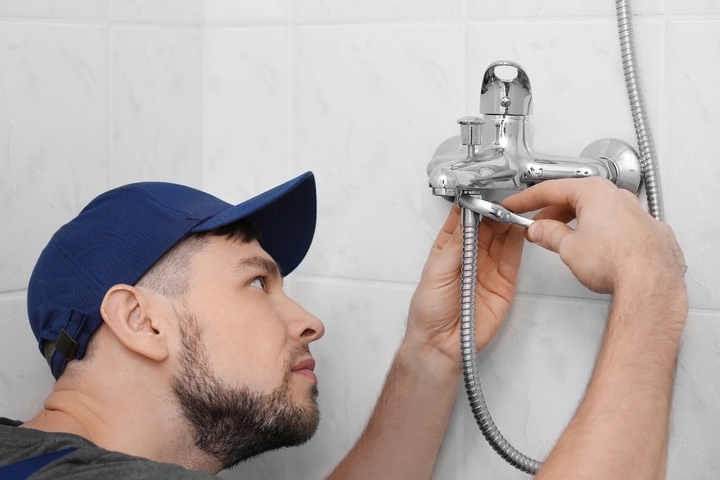
Just like in the previous two types, start your repair work by pulling out the handle’s decorative cap. To remove the handle screw, tilt the handle back and then pull it out. You can easily remove any threaded retaining clip that could be holding the cartridge in place by using needle-nose pliers, which allow you to pull the cartridge straight up.
Next, cut off the damaged O-rings and replace them with a new one. Make sure the replacement is thoroughly coated in non-toxic heatproof plumbers’ grease.
6. Stopping Leakage in Ceramic-Disk Faucets
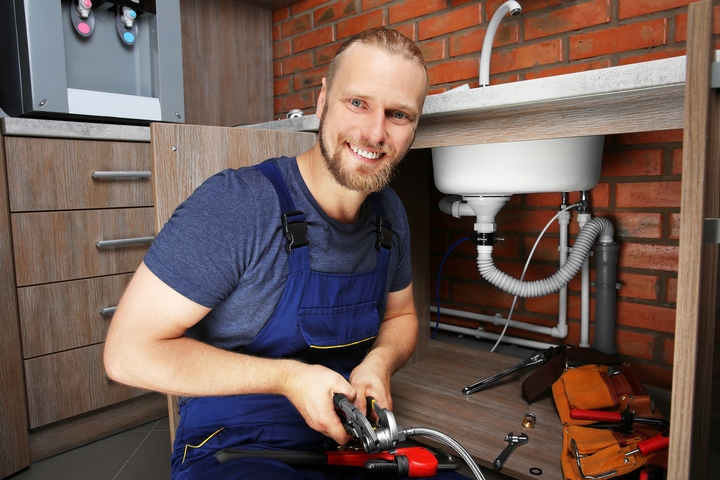
For this type of faucet, remove the setscrew by pushing the faucet handle backwards to access it. To remove the escutcheon cap, get the disc cylinder out of the way by unscrewing the mounting screws. Using a blunt screwdriver, remove the seals from the cylinder. Use a plastic scouring pad and distilled white vinegar to clean the openings of the cylinder.
After you are done, rinse and replace the seals before reassembling the faucet. Turn the water on slowly to keep your ceramic disk from fracturing. As you repair the faucet, here are some cautions:
- Be careful with the parts: Observe keenly the order and orientation of the parts. Take pictures or videos and keep the parts safely and in the right order. This will come in handy when reassembling.
- Clean the parts well: It is not every day you dismantle a faucet. Take this opportunity to clean the parts thoroughly. White vinegar is very effective for this task.
- Replacing rather than repairing could be a better option: If the faucet is too old, replacing it is recommended. Buying a new one may turn out to be cheaper in the long run. It could also save you a lot of trouble.
A leaking faucet need not cause you unnecessary worries. Granted, not everyone is adept at using their hands, but with these tips, you can stop the leakage within no time. You don’t have to wait until you are able to bring an expert. Start the process by turning off the water flow and then follow the above tips. If all else fail, a professional plumber is your best option.

